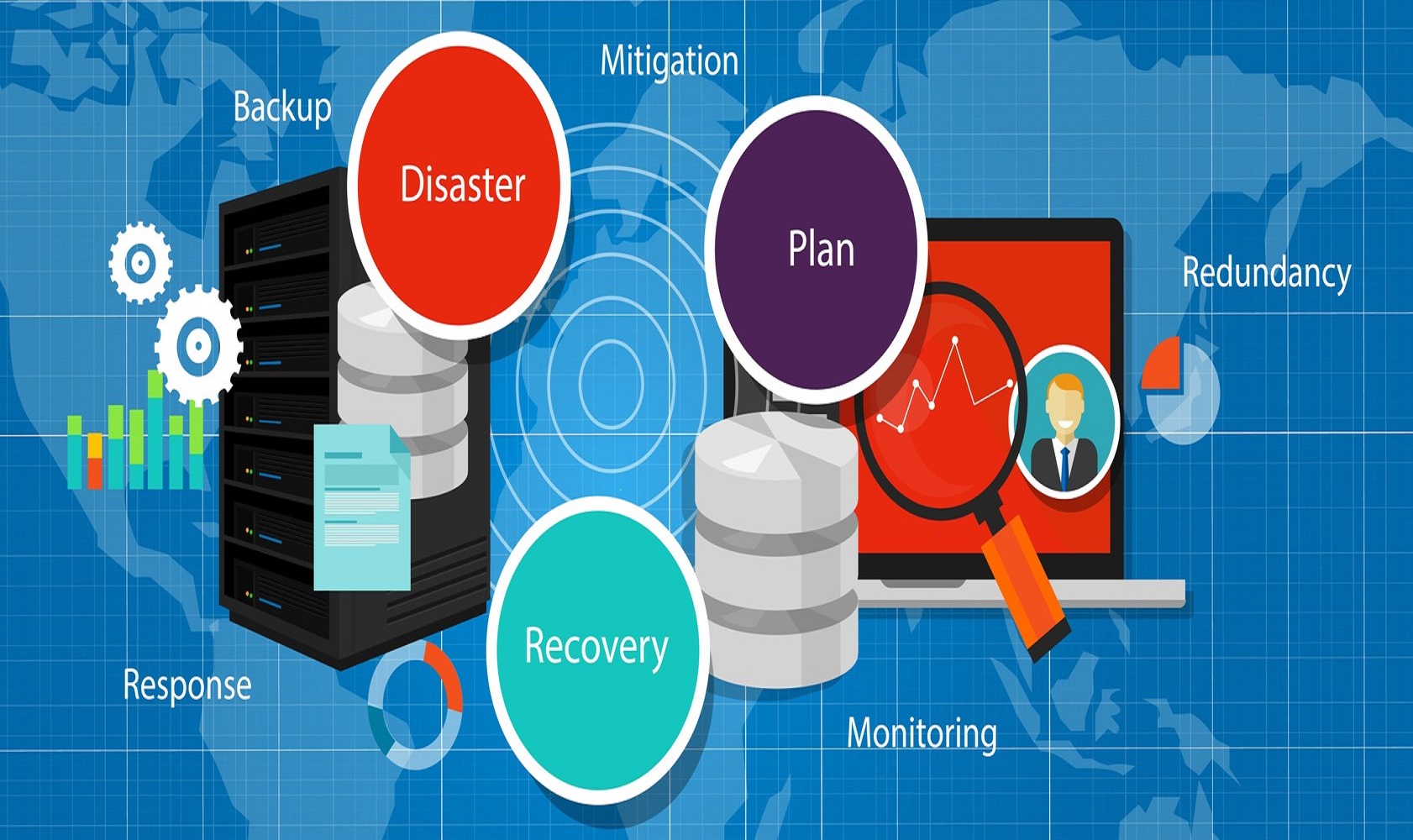What is Emergency Preparedness?
Simply stated, an all-hazard emergency preparedness provides a basic framework for responding to a wide variety of emergencies, including accidental, intentional and natural.
Four Phases of Emergency Preparedness
Emergency preparedness starts with the first phase, mitigation, including any activities that are preventative, reduce the chance of an emergency happening, or mitigate the damaging effects of unavoidable emergencies. An example of emergency preparedness is an emergency notification system to alert people of a security- or safety-related incident in real time. The next phase of emergency preparedness, details measures taken to prepare for an emergency. Training is at the heart of this emergency preparedness phase, and specific examples include a fire drill conducted to familiarize building occupants with emergency evacuation routes and the shelter-in-place stocking items of water, food, and blankets.
The response phase puts the emergency preparedness plans into action. A well-constructed plan outlines specific roles and responsibilities for designated personnel to perform once an emergency occurs. Common response activities include moving people to a safe room or assembly area and turning off utility valves in an earthquake scenario. The final phase of emergency preparedness is the recovery from an emergency by implementing actions to return to normal operations or to an even safer situation following an incident. Temporary housing, alternate work site, and individual counseling are all parts of this phase.

